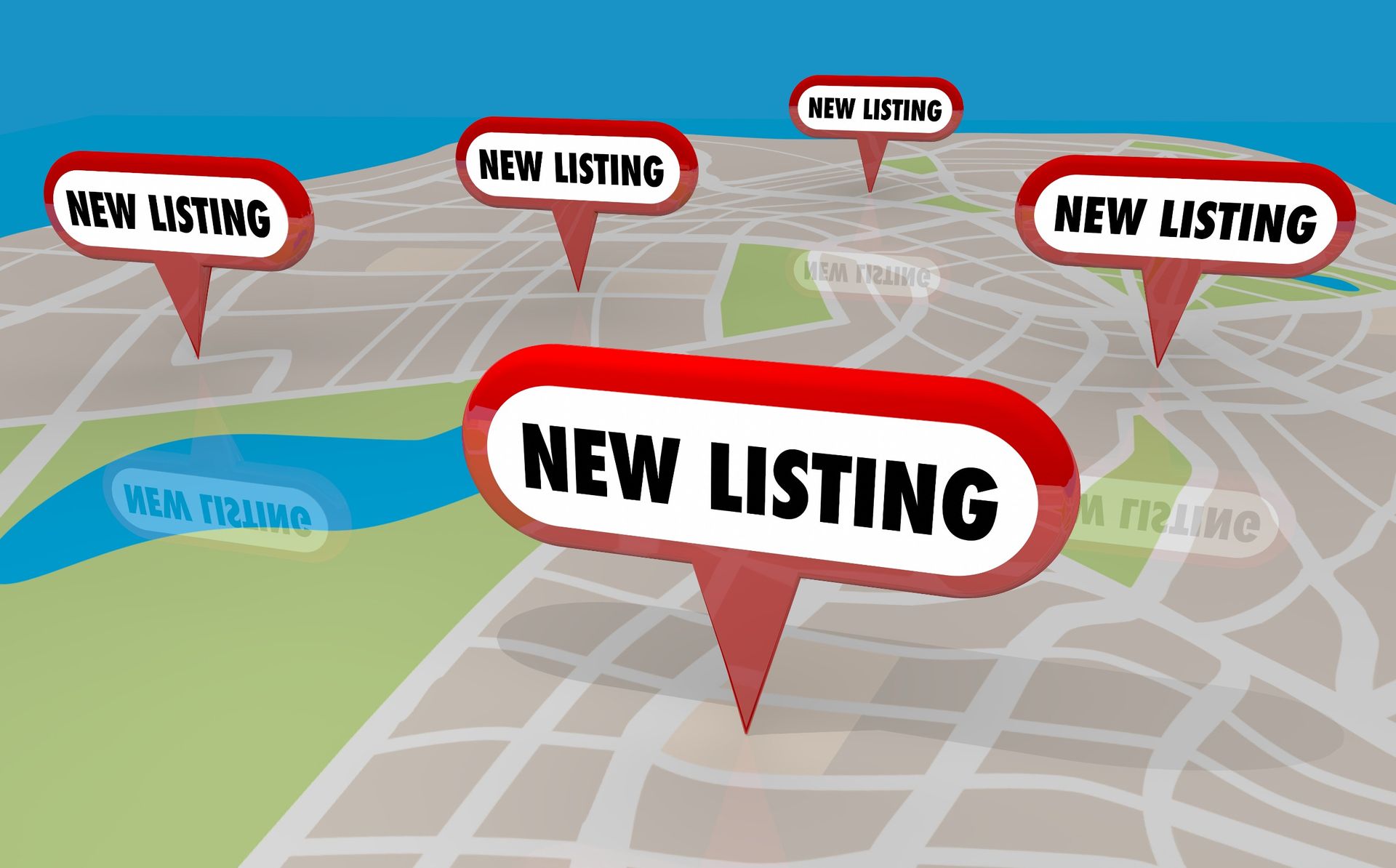
Elevate Your Website's Rankings with These 8 On-Page SEO Techniques
The digital world is constantly changing, and for businesses to thrive online, they must keep up. With countless websites competing for the top spot on search engine results pages, understanding and implementing effective on-page SEO strategies is more crucial than ever.
This post will guide you through eight powerful techniques that can help boost your website's visibility and ranking on search engines.
Whether you're a seasoned digital marketer or a business owner new to the online realm, these insights will provide you with practical tips to enhance your website's performance.
Conducting Thorough Keyword Research
The backbone of any successful on-page SEO strategy is comprehensive keyword research. Identifying the right keywords enables you to target specific search queries and connect with your target audience effectively. To begin, brainstorm relevant terms and phrases related to your business or industry, then use keyword research tools like Google Keyword Planner or SEMrush to refine your list.
When conducting keyword research, focus on finding a mix of short-tail and long-tail keywords. Short-tail keywords are broad and often more competitive, while long-tail keywords are more specific and may have lower search volumes, but they can attract highly targeted traffic. By incorporating a combination of both types, you can reach a broader audience while still appealing to niche markets.
Another critical aspect of keyword research is analyzing your competitors' keywords. By examining their strategies, you can identify gaps and opportunities in your own approach, allowing you to refine your keyword list further and maintain a competitive edge.
Crafting Compelling Title Tags
A well-crafted title tag is essential for both search engines and users. Acting as the first impression of your content, title tags play a crucial role in determining whether users click on your link. To create effective title tags, start by ensuring they are concise, descriptive, and include your primary keyword.
When writing title tags, aim for a length of 50 to 60 characters, as this range ensures the entire title is visible in search results. Additionally, by front-loading your primary keyword, you can increase the chances of your page ranking higher for related queries. Remember, your title tag should not only cater to search engines but also entice users to click on your content.
Lastly, avoid using duplicate title tags across different pages, as this can confuse search engines and dilute your overall SEO efforts. Instead, tailor each title tag to its specific page to maximize its impact on search rankings.
Optimizing Meta Descriptions
While meta descriptions do not directly impact search rankings, they significantly influence click-through rates, making them an essential aspect of on-page SEO. A well-written meta description provides users with a summary of your page's content, enticing them to click on your link.
To create effective meta descriptions, aim for a length of 150 to 160 characters, ensuring that they are concise and informative. Include your primary keyword naturally within the text, as this can reinforce relevance to users' search queries. Additionally, use action-oriented language to encourage users to engage with your content.
Avoid using duplicate meta descriptions across multiple pages, as this can diminish your site's overall effectiveness. By crafting unique and compelling descriptions for each page, you can help distinguish your content and attract more clicks.
Structuring Your Content with Header Tags
Header tags (H1, H2, H3, etc.) play a vital role in organizing your content, making it easier for both users and search engines to understand. Properly structured content enhances user experience by breaking down information into digestible sections, while also signaling to search engines the hierarchy of your content.
Begin by using a single H1 tag for your main title, ensuring it includes your primary keyword. Subsequent headings (H2, H3, etc.) should be used to break down your content into sections and subsections, providing a clear and logical flow. Remember to incorporate relevant keywords naturally within these headings, as this can help improve your page's search visibility.
Consistent use of header tags not only improves readability but also allows search engines to understand the focus and structure of your content, contributing to better indexing and ranking.
Enhancing Content with Internal and External Links
Incorporating internal and external links within your content can significantly improve your site's SEO performance. Internal links connect different pages on your website, helping search engines crawl and index your content more efficiently. Additionally, they encourage users to explore related topics on your site, increasing engagement and reducing bounce rates.
To implement internal linking effectively, ensure that your anchor text is descriptive and relevant to the linked page. This practice not only improves user experience but also provides search engines with context regarding the linked content.
External links, on the other hand, connect your content to authoritative sources, enhancing its credibility and providing additional value to your readers. When including external links, prioritize reputable sources to maintain your site's authority and trustworthiness.
Creating High-Quality, Engaging Content
High-quality content is the backbone of any successful on-page SEO strategy. Engaging content not only attracts users but also encourages them to spend more time on your site, signaling to search engines that your content is valuable and relevant.
To create compelling content, start by addressing your audience's needs and interests. Conduct thorough research on your chosen topic, ensuring that your information is accurate, up-to-date, and well-organized. Incorporate relevant keywords naturally throughout the text, but avoid keyword stuffing, as this can negatively impact user experience and search rankings.
Additionally, use a mix of text, images, and multimedia elements to make your content more engaging and visually appealing. By offering a variety of content formats, you can cater to different user preferences and increase the overall impact of your message.
Optimizing Images for SEO
Images can enhance your content's visual appeal, but they also offer an opportunity to improve your site's SEO performance. By optimizing images, you can ensure faster page load times, better user experience, and improved search visibility.
Begin by compressing images to reduce their file size without sacrificing quality. This step can significantly improve your site's loading speed, which is a crucial factor in user experience and search rankings. Additionally, use descriptive file names and include relevant keywords in the image's alt text, as this can help search engines understand the context of the image.
Lastly, ensure that your images are responsive and display correctly on different devices. This practice not only improves user experience but also aligns with search engine preferences for mobile-friendly content.
Implementing Schema Markup
Schema markup is a type of structured data that helps search engines understand your site's content better, leading to richer search results and improved visibility. By implementing schema markup, you can enhance your site's appearance in search results, making it more appealing and informative to users.
To get started, identify the most relevant schema types for your site, such as articles, products, or events. Use tools like Google's Structured Data Markup Helper to create and test your markup, ensuring it is correctly implemented and error-free.
Regularly monitor and update your schema markup to maintain its relevance and effectiveness. By doing so, you can continually enhance your site's search visibility and user engagement.
Improving Page Load Speed
Page load speed is a critical factor in user experience and search rankings. A slow-loading site can frustrate users and drive them away, negatively impacting your site's SEO performance. By optimizing your site's speed, you can improve user satisfaction and increase your chances of ranking higher in search results.
Start by minimizing HTTP requests, optimizing images, and leveraging browser caching to reduce load times. Consider using a content delivery network (CDN) to distribute your site's content across multiple servers, ensuring faster delivery to users worldwide.
Regularly monitor your site's performance using tools like Google PageSpeed Insights, and address any issues that may arise. By maintaining a fast-loading site, you can create a positive user experience and improve your SEO efforts.
Conclusion
Implementing effective on-page SEO techniques is a crucial step in improving your website's visibility and ranking on search engines.
By conducting thorough keyword research, optimizing title tags and meta descriptions, structuring content with header tags, and enhancing your site with internal links and high-quality content, you can create a solid foundation for your site's success.
Additionally, optimizing images, implementing schema markup, and improving page load speed can further boost your SEO efforts. By following these strategies, you can elevate your website's search rankings and achieve lasting online success.
Ready to take the next step?
Start by doing keyword research and implementing the on-page SEO strategies shared in the post. If you need expert guidance, contact
Whale Traffic today
to discover how we can help you optimize your website for maximum impact!




Whale Traffic
We've been dealing with massive amounts of traffic since the 90's. We're still here, and still growing. Ready to see how Whale Traffic can scale your company? Well as ad people, we say "Get Started Here."
Contact Us
Whale Traffic LLC
1968 S. Coast Hwy, #1921
Laguna Beach, CA 92651
United States





